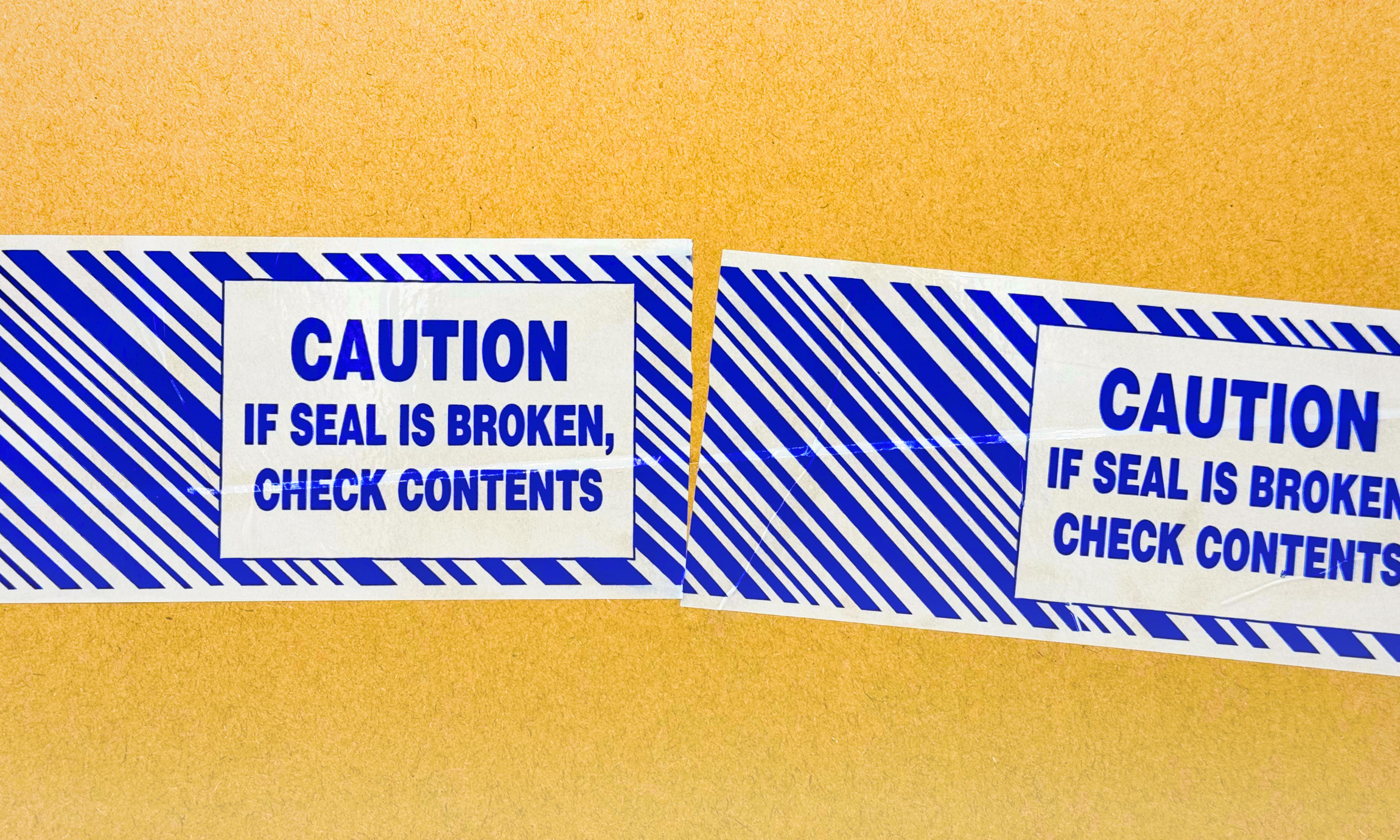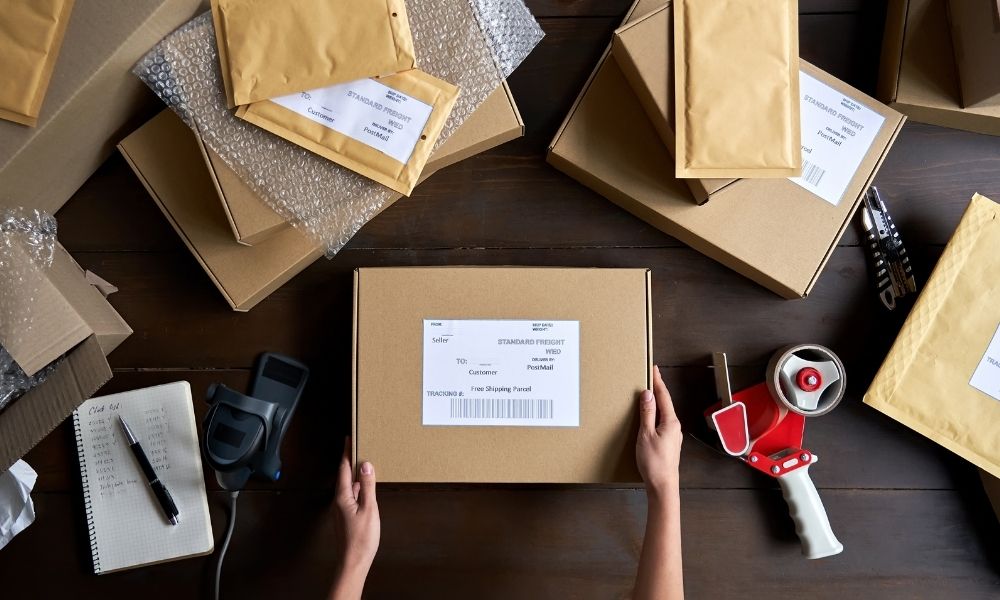If you do a lot of business by mail, you need to keep the security of your packages in mind. There’s no better way to lose customers than to make them wait a few weeks for their order to arrive, only for it to turn up damaged or missing. To help keep your shipments safe and secure, we’ve compiled some of the top tips on how to package a product for shipping so you can prevent damage, delays, and other shipping troubles.
Cushion the Contents
Whether you’re using boxes, poly mailers, or another kind of packaging, you want to make sure that the contents held inside are properly supported throughout their journey. You have access to plenty of cushioning options, including air pillows, bubble mailers, Styrofoam peanuts, and even bunched-up newspaper. Some items, like wine bottles and paintings, require specialized cushioning and packaging to safely transport.
For fragile items, wrap them in a layer or two of bubble wrap, then fill the surrounding space in the package with packing peanuts or newspaper. Your packages will get tossed around as they go through handling, transportation, and storage. Providing additional cushioning for your shipments will prevent damage and safeguard them as they reach their destination.
Tape It Up
Even if you use tape every day, it doesn’t hurt to go over some smart practices. When you tape up your packages, make sure that you leave no space for potential thieves to slip their hands in and snatch your goods. A high-performance carton sealing tape is a good choice, but water-activated tape may be better. Not only is it durable enough that you’ll need less of it to seal your package, but also the adhesion is so strong that it is impossible to remove it without damaging the surface underneath. Gummed paper tape minimizes waste and maximizes security.
When applying your tape, don’t go overboard and apply a bunch of layers of tape around the carton; it’s a waste of materials and money. Instead, use the H-tape method. Place strips of tape on the openings and seams along the top of the package so that they form an H-shape, just like the image below:

If you’re looking for additional tips on taping and sealing, check out our article going over the best practices for sealing corrugated cartons.
Check Your Packaging
Cardboard boxes are wonderful things. They’re rigid, durable, and great for shipping. However, they’re not indestructible. When you’re using a new cardboard box, check it for any imperfections and tears. Even the smallest of scrapes will get worse as the package goes through shipping.
Reusing packaging is a smart and effective way to save money, but you should always give every recycled package a once-over inspection for damage. If you’re using recycled boxes, it’s smart to cover up any UPC codes or similar electronic codes that might confuse shippers along the way. Use a thick black marker or an opaque strip of tape to cover up scan codes, addresses, and any other outdated information, or your package could end up in the wrong place.
Keep It Dry
Last, but certainly not least, make sure your items stay dry. Moisture-sensitive objects should be packed in sealable plastic bags. As an added measure of security, throw in a few silica packets to ensure the contents of the package stay dry; just make sure the packets are clearly marked as desiccants. Finally, make sure all the openings and seams of the carton are properly sealed with packing tape. A well-packaged product can withstand whatever shipping or Mother Nature throws at it.
Out For Delivery
This article has gone over how to package items for shipping and how to keep them secure on their way to their final destinations. However, this article has only scratched the surface of product packaging. NTG has an excellent article delving deep into different kinds of shipping, packaging techniques, and additional advice so you can successfully carry out your shipments.
As you can see, a lot goes into packaging! But by providing cushioning, taping your packages correctly, inspecting your materials, and keeping dry goods dry, you’re already most of the way to great deliveries.









